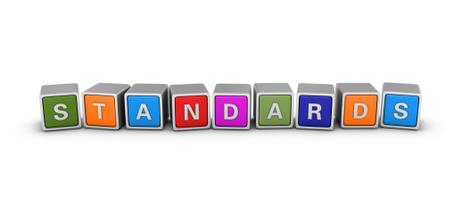E-books, some say, are the words of the future. The Kindle, the iPad, and other electronic reading devices are signaling the end of the print era.
Colleges and universities across the country have begun experimenting with using e-textbooks, rather than printed textbooks, to deliver course content. Now, the K-12 public school system is getting on the e-text bandwagon too, as several state legislatures make moves to support the use of electronic textbooks in their state’s public schools.
This video from Fox News reports on ebooks versus physical textbooks.
States Move to Adopt Digital Textbooks
Texas
In Texas, for example, the legislature adopted a bill in 2009 that provided funds for school districts and charter schools to purchase the technology necessary for e-textbooks. This bill also gave school districts and charter schools the necessary flexibility to adopt e-textbooks instead of traditional textbooks.
The bill also allowed school districts to be reimbursed by the state for 50% of the savings they incurred from the switch from regular textbooks to e-texts. As Texas Senator Jeff Wentworth reports in a guest column for the website , school districts may use the reimbursement they receive from the state to purchase educational technology, such as computers, if they choose.
Indiana
Twelve schools in the Indianapolis Public School System will soon be foregoing traditional textbooks as well. As the educational technology publication



















